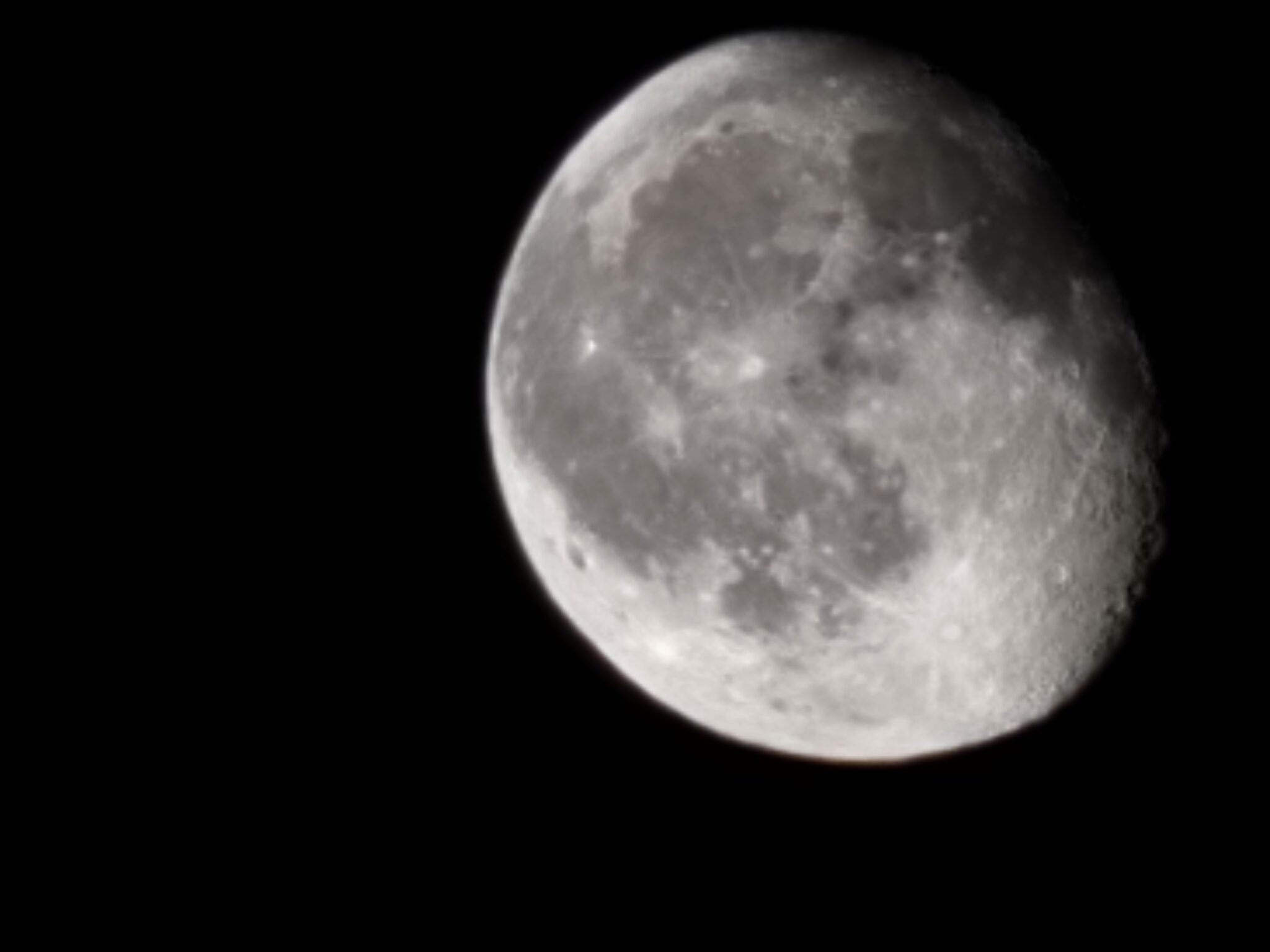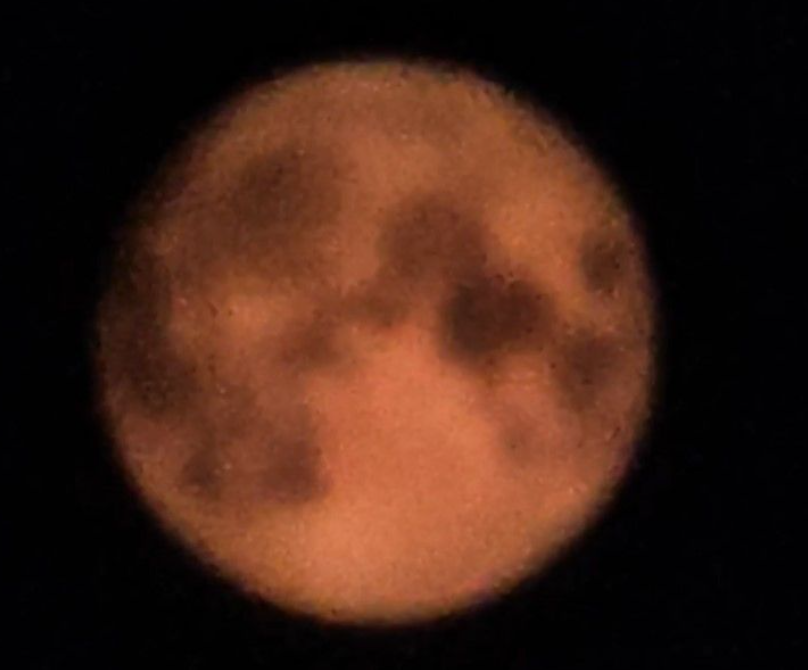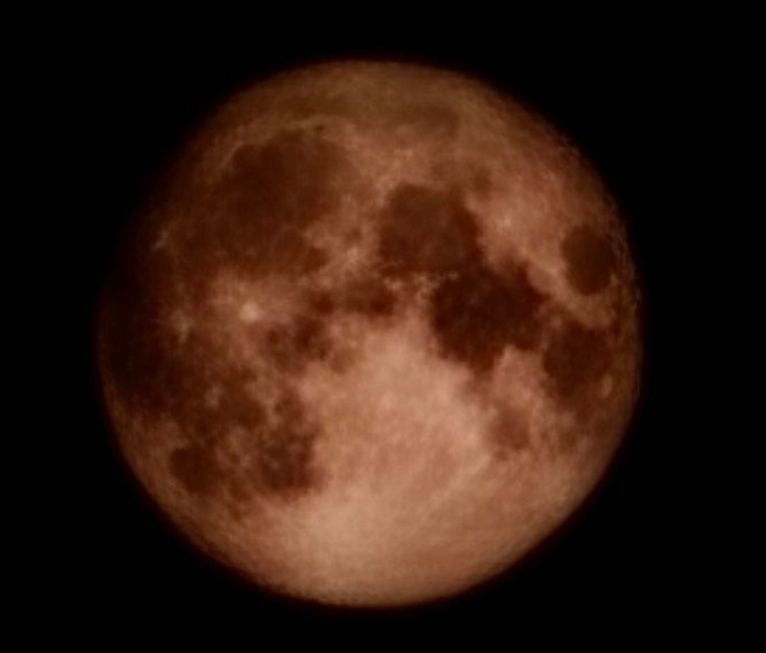The appearance of the Space Zoom function in Samsung smartphones has impressed users with its ability to take incredibly detailed photos of the Moon at maximum zoom. Although some users previously had doubts about the ability of the flagship smartphones of the S series to take real photos of our moon. A recent post on Reddit confirmed the suspicions: evidence is provided indicating that the photos of the Moon from Samsung are actually fake.

A Reddit user under the pseudonym u/ibreakphotos conducted his own testing of Samsung phones to reveal the fact of a fake, which turned out to be ingenious in its simplicity. The user took a blurry photo of the Moon from another smartphone, opened it on a computer, and then pointed the new flagship Galaxy S23 Ultra at this image and took a picture. It turned out that the smartphone itself improved the image of the Moon, adding clarity to it and filling it with details that were not there before. The user concluded that the photos of the full moon received on Samsung smartphones were fake.


Illusion of a clear photograph
Disputes about the authenticity of Samsung’s Moon photos have existed since the company introduced the 100x Space Zoom feature in its Note20 Ultra in 2020. Some have accused the company that the smartphone automatically identifies the image, and if it “sees” the Moon, it simply inserts pre-saved textures on the image of a natural moon of the Earth to create the illusion of a clear photo.
In turn, Samsung says that this process is much more complicated and actually uses artificial intelligence algorithms to improve images: the smartphone detects the Moon, and then “offers a feature to improve details by reducing blur, noise and maximizing details to complete a bright and clear image”.
Samsung’s explanation was not liked by everyone. Therefore, the community is divided into two sides: those who are amazed by the Space Zoom function, and they do not see any problems in using artificial intelligence algorithms to improve the quality of photos, while others believe that the function actually misleads users, so such photos cannot be considered completely reliable.
What is considered a fake?
But what does “fake” mean in this scenario? This is a rather difficult question, since companies are actively using artificial intelligence algorithms to improve the images obtained. It should be noted that a similar study a few years ago was devoted to the operation of cameras in Huawei Pro series smartphones. However, in the era of computer photography, one can hardly hope for complete “honesty” of photographs. Recall at least the selfie improvement functions in modern smartphones that smooth out facial imperfections and make the people in the pictures younger or artificially illuminate the pictures at night, automatically increasing their brightness and removing noise.
Earlier, we reported on how Apple is starting a fight with Starlink for satellite communications for the iPhone.
Follow us on Twitter to get the most interesting space news in time
https://twitter.com/ust_magazine

